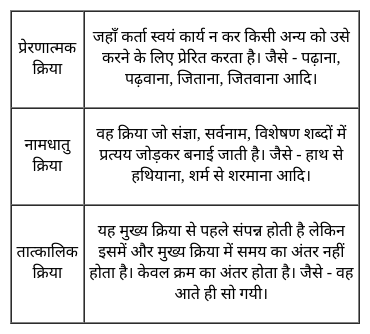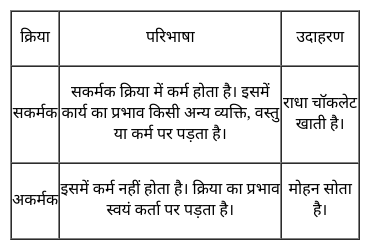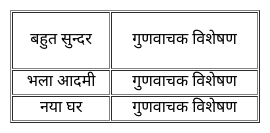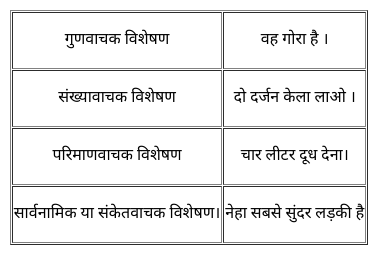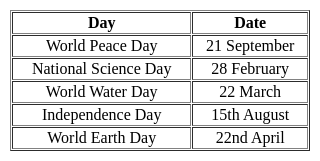KVS PGT Physics Mock Test - 7 - KVS PGT/TGT/PRT MCQ
30 Questions MCQ Test - KVS PGT Physics Mock Test - 7
मुख्य क्रिया से पहले होने वाली क्रिया ______ कहलाती है।
निम्नलिखित में से कौन-सा विकल्प ‘सार्वनामिक विशेषण’ का उदाहरण है? पहचान कीजिए-
Select the word-pair in which the two words are related in the same way as the two words in the following word-pair.
International Yoga Day : 21st June :: ? : ?
In MS-PowerPoint, which is a shortcut key combination for inserting a new slide?
An electric dipole will be in stable equilibrium if the angle between the axis of the dipole and the electric field is ________
A steel rod 2.0 m long has a cross-sectional area of 0.30 cm2. It is hung by one end from a support, and a 550-kg milling machine is hung from its other end. Determine the elongation. Take Young's modulus of steel as 20 × 1010 Pa
Which of the following sets can enter into the list of fundamental quantities in any system of units ?
When too many people stand on a bridge it collapses, why?
Consider the following statements
Assertion (A) : The moment of inertia of a rigid body reduces to its minimum value as compared to any other parallel axis when the axis of rotation passes through its centre of mass.
Reason (R) : The weight of a rigid body always acts through its centre of mass in uniform gravitational field. Of these statements :
A car covers a distance of 5 km in 5 mins, its average speed is equal to:
Which of the given relation is true for Newton’s law of cooling?
Two masses of 1 kg and 5 kg are attached to the ends of a massless string passing over a pulley of negligible weight. The pulley itself is attached to a light spring balance as shown in the figure. The masses start moving during this interval, the reading of spring balance will be
Polarity of the capacitor in the situation described by the adjacent figure is

The volume of a spherical body is decreased by 10-3% when it is subjected to pressure of 40 atmospheres. Find the bulk modulus of body.
(1 atm = 1.01 x 105 N/m2).
When a positive charge is moved in an electrostatic field from a point at high potential to a low potential, its kinetic energy
Two point charges 2μC and 8μC are placed 12 cm apart. The position of point from 2μC charge, where the electric field intensity is zero is:
A metal sheet is placed in a variable magnetic field which is increasing from zero to maximum. Induced current flows in the directions as shown in figure. The direction of magnetic field will be -
A small block of mass of 0.1 kg lies on a fixed inclined plane PQ which makes an angle with the horizontal. A horizontal force of 1 N acts on the block through its center of mass as shown in the figure. The block remains stationary if (take g = 10 m/s2)

If work function of a metal plate is negligible then the K.E.of the photoelectrons emitted when radiations of 1000 Â are incident on the metal surface is
A particle of mass m and charge Q is placed in an electric field E which varies with time t ass E = E0 sinwt. It will undergo simple harmonic motion of amplitude


